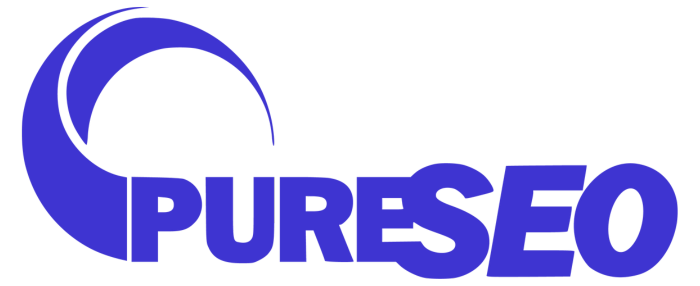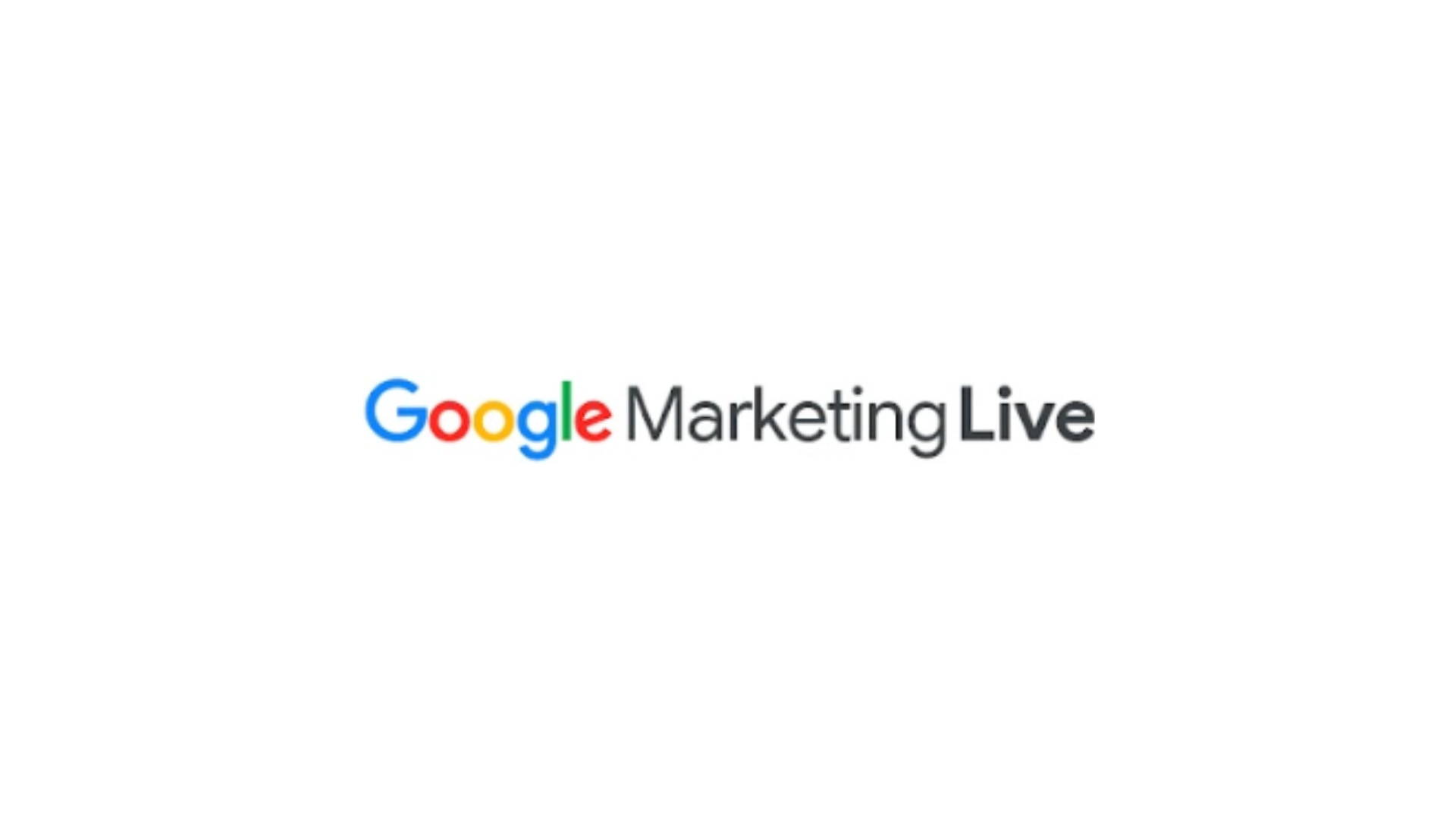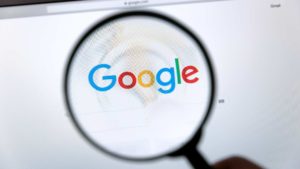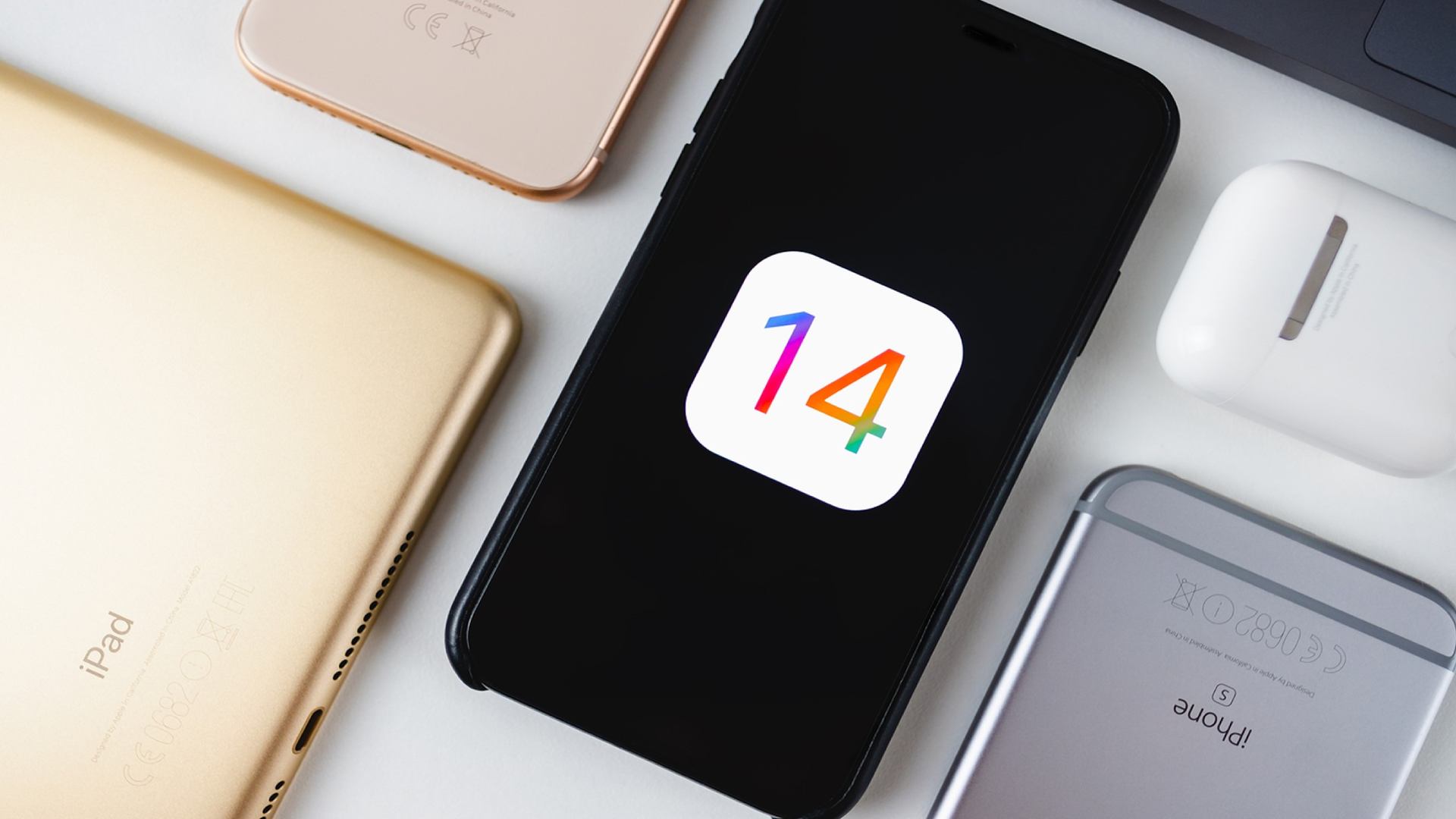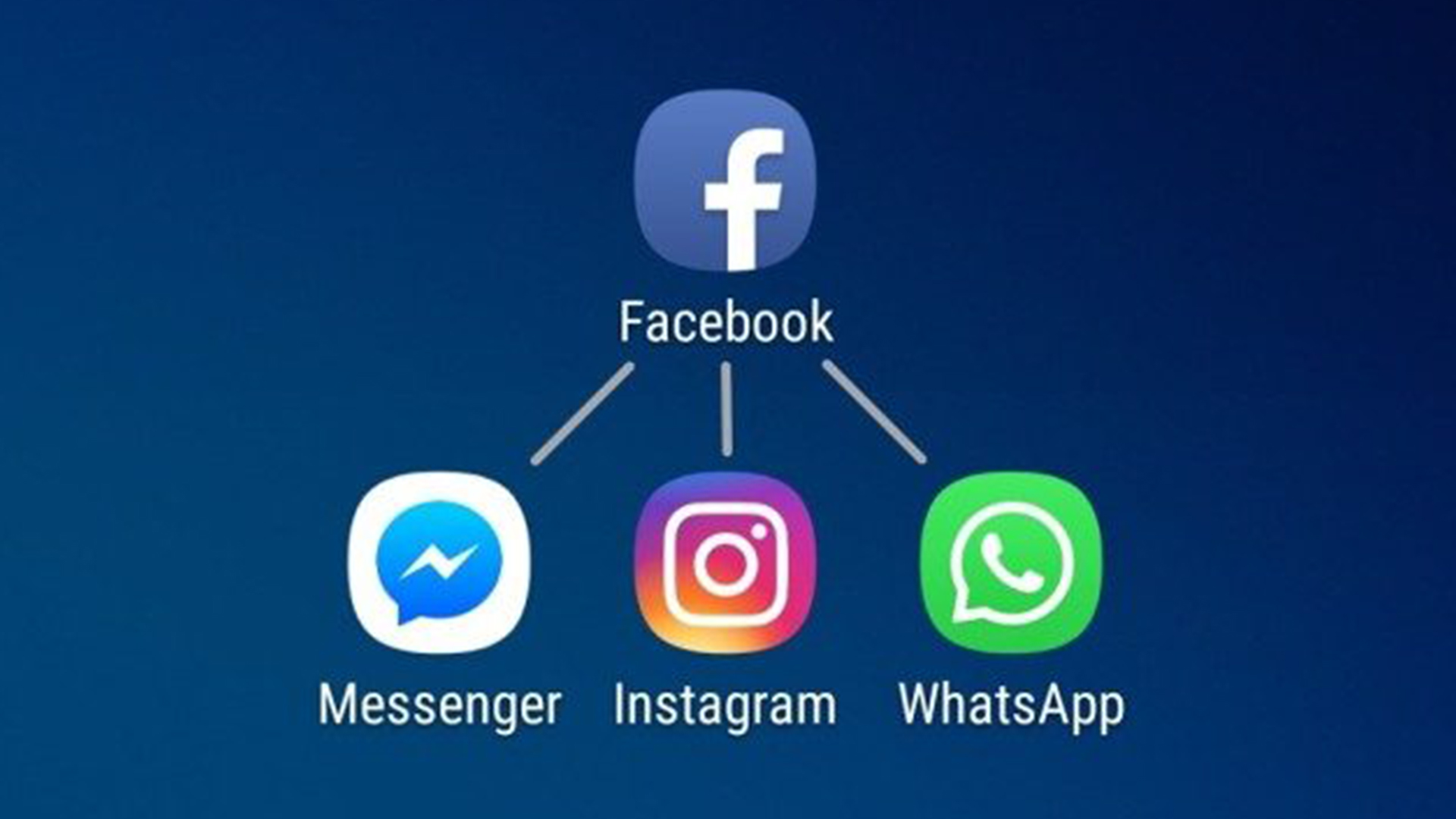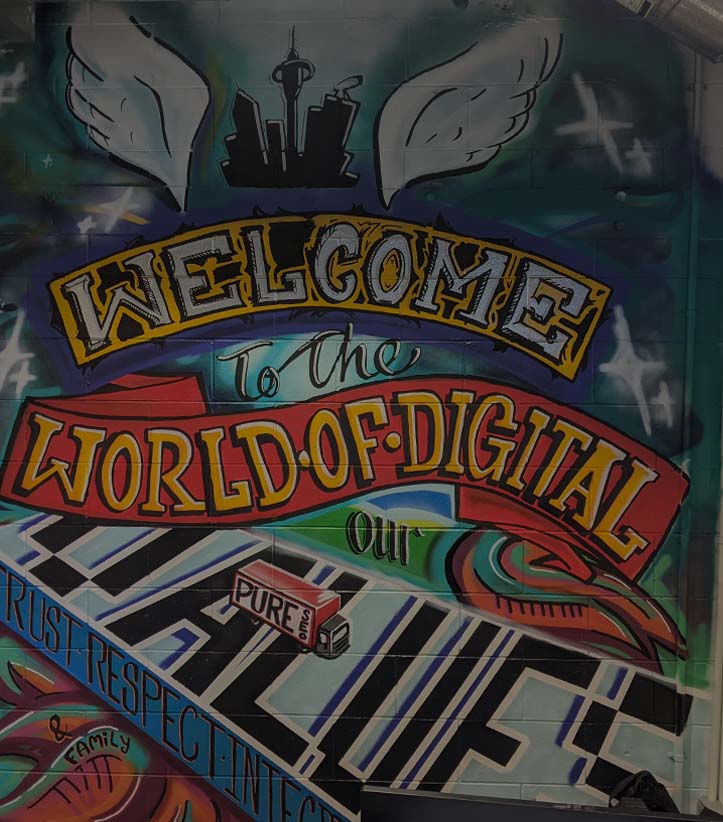
For those of us who love such things, Google recently ran one of a regular series of online showcases of its latest & greatest innovations, called Google Marketing Live. To bring to market products that match the head-spinning speed at which digital marketing evolves, these sessions are carefully designed to walk marketers through them, regardless of their business size. The innovations that are currently being rolled out are really exciting, and set to transform digital advertising.
To make things easy, I’ve put together a list of the ones you’ll want to know about.
Performance Max
A big focus was on Performance Max, already a digital marketing buzzword in New Zealand. As the name suggests, it’s designed to help businesses drive better online advertising results by offering more relevant targeting and automation across Google’s full range of channels. The showcase featured a success story from car retailer CarDekho in India, who achieved 229% increase in leads generated from their website while lowering overall advertising costs per lead by 66%.
The key benefit of Performance Max is allowing businesses to spend less time on the technical aspects of an ad campaign and more creating unique and engaging content, broader strategic ideas and the ability to find new customers. Performance Max optimises against results and acquisition target values, beyond keyword-based search campaigns – and it utilises all of Google’s advertising channels from a single campaign.
Performance Max is an excellent opportunity for New Zealand SMEs, who stand to benefit the most. By lowering administration costs for advertising campaigns, they’ll get more time to engage directly with the customer base through high quality and relevant content.
Digital Natives + Video Content
Google estimates that by 2025, 50% of APAC will be made up of millennials or ‘Zoomers’ (Generation Z). Both generations are digital natives, having grown up with digital technology integrated into most aspects of their lives. This is one of the areas where digital advertising must adapt to consumer behaviour – so having multiple screens, multi-channel engagement and changing format lengths mean that advertising must adapt beyond the traditional TVC paradigms.
A focus on video content is paramount as consumers are taking more control over what appears on their TV screens and other digital devices. YouTube, for example, is watched on every screen type: mobile, laptop and TV. YouTube Shorts is a format that’s limited to 60 seconds or less, and is an excellent tool for creators to tell engaging and immersive stories. And now Google is bringing Video Action Campaigns to YouTube Shorts, allowing brands to drive more conversions and grow their audience.
Video action campaigns combine inventory from YouTube Home feed and watch pages, as well as Google video partners – allowing brands to show their ads on mobile, desktop and TV from one single comprehensive campaign, without needing to manage the budget and bidding for each inventory separately.
Connected TV
Connected Television (CTV) is the fastest growing screen type by Google. Some case studies found to create a 10x search lift on YouTube vs. non-CTV campaigns, allowing advertisers to target hard-to-reach demographics and create a 10x increase in brand and product intent.
Google also now offers co-viewing measurement for YouTube, allowing advertisers to measure additional viewers tuning in to watch on a single CTV. This means that if you and your family are sitting down to watch a programme together on YouTube, Google can report on the overall viewership, accounting for everyone watching, not just the logged in account. This enables advertisers to compare reach metrics to other streaming platforms and linear TV.
Digital Commerce
The way we shop is changing, with the lines between traditional retail vs. eCommerce, advertising and entertainment already blurred. The pandemic has been a catalyst to an exploding eCommerce trend, and equally the rise of independent merchants and content creators. eCommerce platforms like Shopify almost completely removed barriers to entry, with easy 3pl solutions available.
Content creators have leveraged the scale of social media marketing to find hard-to-reach audiences and a recent study found that 89% of viewers agree that YouTube creators give recommendations they can trust. YouTube creators build and engage their communities, sometimes by the millions, and a live stream gives the opportunity to add a personal touch that mimics a traditional retail store. Added to that the ability to shop live, and it’s no wonder that Live Shopping on YouTube is becoming increasingly popular.
Machine Learning Audience Targeting
You might be surprised to hear that 15% of daily searches (15% is approximately 84 million) on Google are ones that no-one has ever searched before due to the natural variation in how we use language, and subsequently – search. The amount of data that gets analysed is incomprehensible, and the artificial intelligence machines are constantly learning our search behaviour.
Hyperlocal targeting is one of the areas using AI. It targets prospective customers within a predetermined and relatively small area, often in shopping areas for people using the ‘near me’ functionality. As we slowly re-open retail and rebuild tourism, hyperlocal AI targeting is beneficial for driving spontaneous yet targeted conversions into retail and help increase in-person engagement with your brand.
Privacy
The increasing use of AI targeting comes with a growing expectation for privacy and the understanding that customers are more likely to prefer a trusted brand that respects this. As cookies are being phased out over the mid-term future, new approaches to measuring customer interactions are becoming critical. Consented data from users can be supplemented with the use of advanced data modelling and data-driven attribution to fill in the gaps that might be missing in a ‘cookie-less’ approach.
Apple’s iOS 14.5 changes in privacy settings had a direct impact on Facebook’s targeting mechanism, by allowing users to opt-out of web-based tracking which meant that Facebook could no longer see what those users were buying online and connect that to the ads they’d seen.
First-party data, enhanced conversions and Google Analytics 4 (GA4) are some tools available to start diversifying your approach to customer measurement metrics and building trust with your customers.
Switching to alternative data methods takes time, so starting early and getting ahead is essential. Universal Analytics will be shut down and replaced by GA4 from July 2023 so any data you do not capture now on GA4 will not be comparable in a year’s time to other GA4 data.
What does this mean for you?
Changes in digital marketing are happening everywhere, all the time, and it might seem like big effort to stay on top. But you can focus on one area at a time and if you can make small steps towards harnessing the incredible power of these tools that Google is bringing to market, you are likely to see real benefits in terms of your return on your advertising spend. And if it all sounds like gobbledygook, get in touch with a digital marketing agency that has the right credentials to help.
